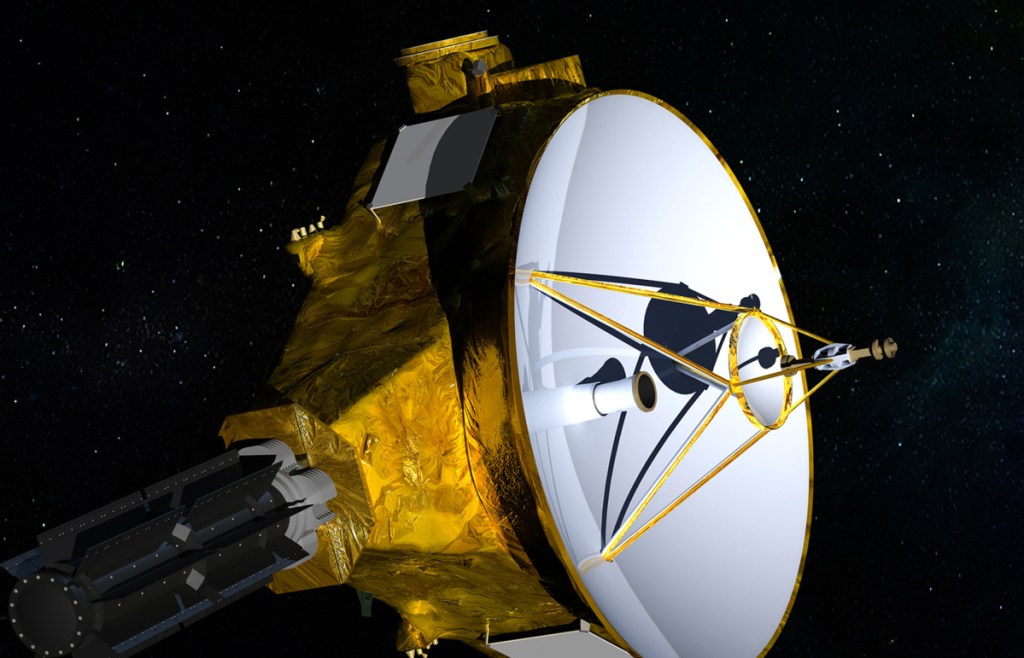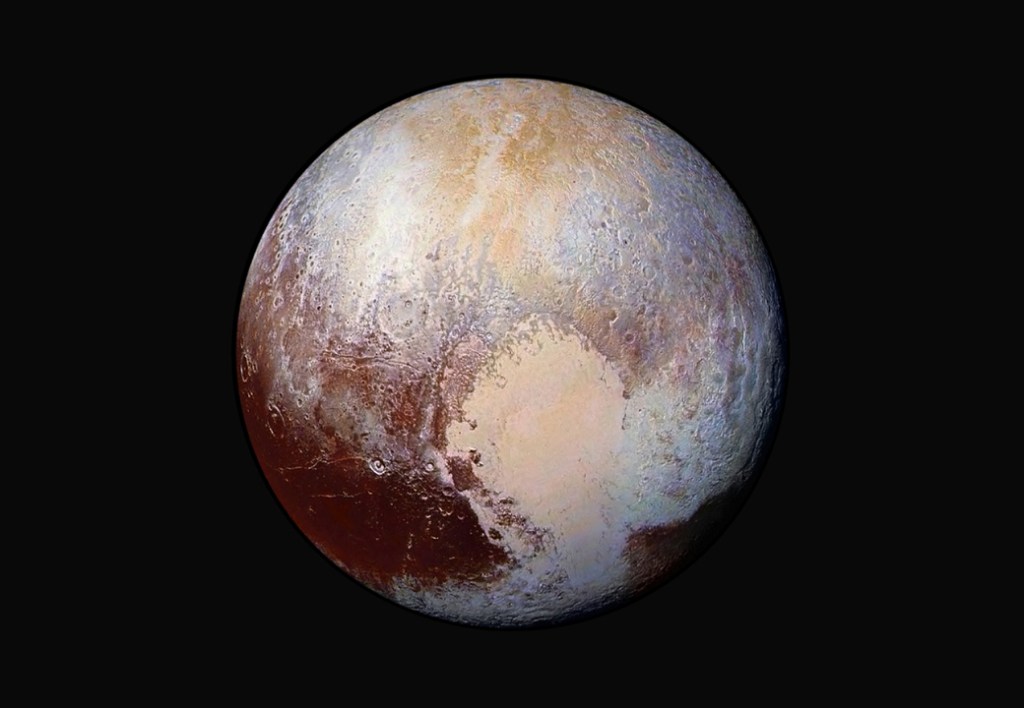CAPE CANAVERAL, Fla. — The spacecraft team that brought us close-ups of Pluto will ring in the new year by exploring an even more distant and mysterious world.
NASA’s New Horizons spacecraft will zip past the scrawny, icy object nicknamed Ultima Thule soon after the stroke of midnight.
One billion miles beyond Pluto and an astounding 4 billion miles from Earth, Ultima Thule will be the farthest world ever explored by humankind. That’s what makes this deep-freeze target so enticing; it’s a preserved relic dating all the way back to our solar system’s origin 4.5 billion years ago. No spacecraft has visited anything so primitive.
“What could be more exciting than that?” said project scientist Hal Weaver of Johns Hopkins University, part of the New Horizons team.
Lead scientist Alan Stern of Southwest Research Institute in Boulder, Colorado, expects the New Year’s encounter to be riskier and more difficult than the rendezvous with Pluto: The spacecraft is older, the target is smaller, the flyby is closer and the distance from us is greater.
NASA launched the spacecraft in 2006; it’s about the size of a baby grand piano. It flew past Pluto in 2015, providing the first close-up views of the dwarf planet. With the wildly successful flyby behind them, mission planners won an extension from NASA and set their sights on a destination deep inside the Kuiper Belt. As distant as it is, Pluto is barely in the Kuiper Belt, the so-called Twilight Zone stretching beyond Neptune. Ultima Thule is in the Twilight Zone’s heart.
Send questions/comments to the editors.




Comments are no longer available on this story